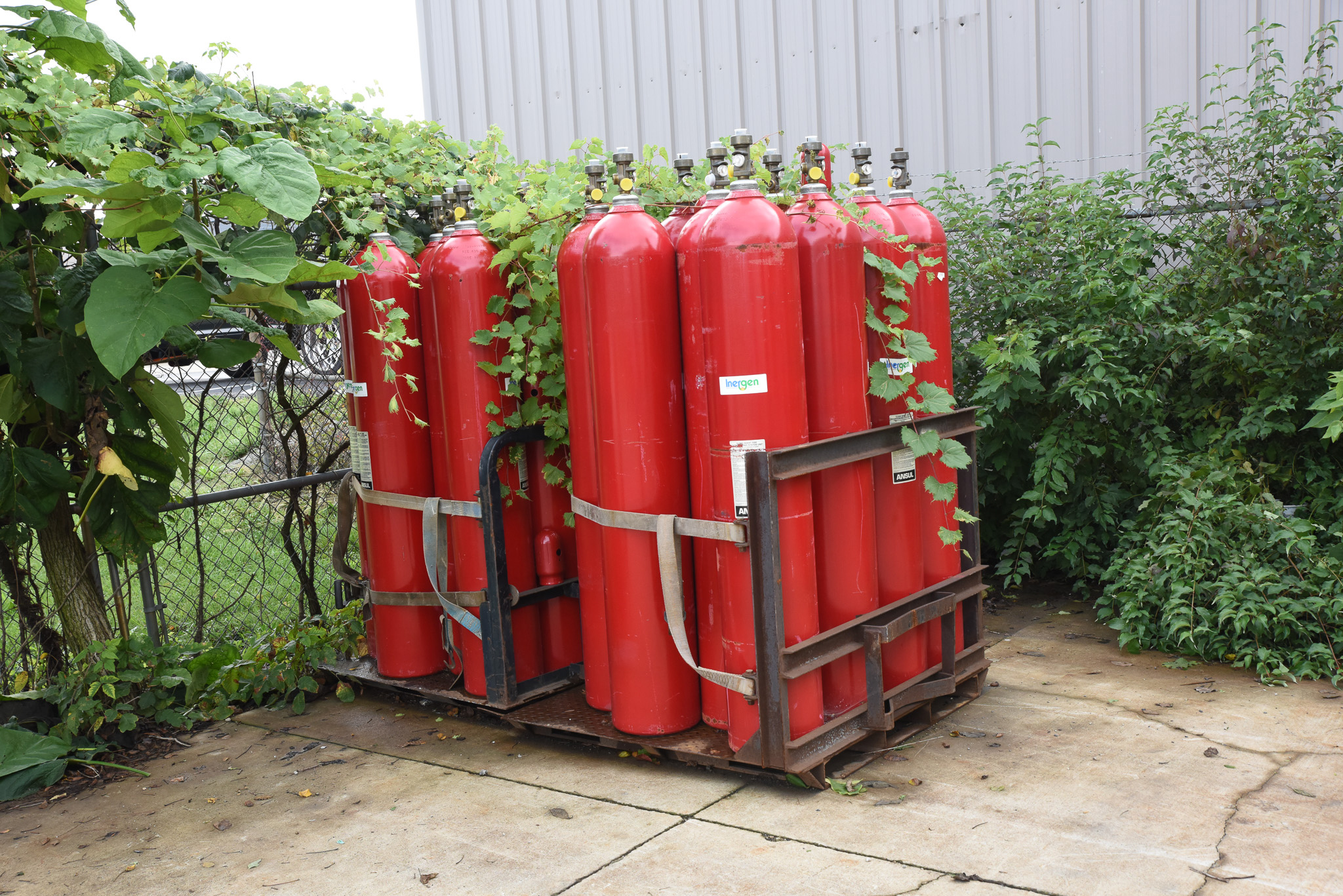 By streamlining the acquisition, recertification and repair of gas cylinders, industrial gas distributors can increase profitability. Industrial gas distributors, responsible for filling and supplying compressed gas cylinders for sale or rental, are crucial to diverse sectors. They deliver essential gases like nitrogen, oxygen, argon, carbon dioxide, hydrogen, helium, methane and propane to a variety of industries, including electronics, government, medical, welding, food and beverage, fire protection and aviation.
By streamlining the acquisition, recertification and repair of gas cylinders, industrial gas distributors can increase profitability. Industrial gas distributors, responsible for filling and supplying compressed gas cylinders for sale or rental, are crucial to diverse sectors. They deliver essential gases like nitrogen, oxygen, argon, carbon dioxide, hydrogen, helium, methane and propane to a variety of industries, including electronics, government, medical, welding, food and beverage, fire protection and aviation.
IIT Kanpur Researchers Unravel Key Drug Target Receptor for Cancer and Respiratory Disease Treatments
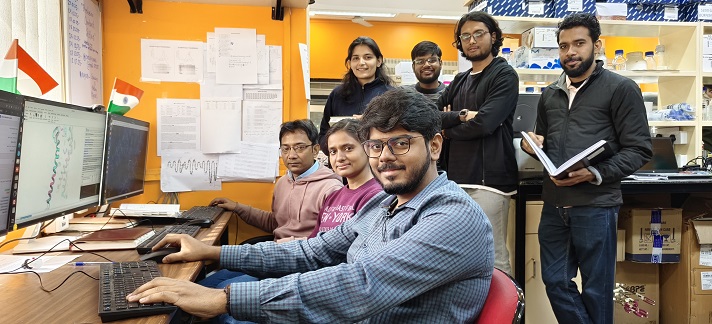 A team of researchers from the Department of Biological Sciences and Bioengineering at the Indian Institute of Technology, Kanpur, have successfully visualized the atomic structure of CXCR2, a key human receptor involved in cancer progression and respiratory disorders. This discovery, published in the prestigious journal Molecular Cell, paves the way for developing novel therapeutics targeting this critical molecule.
A team of researchers from the Department of Biological Sciences and Bioengineering at the Indian Institute of Technology, Kanpur, have successfully visualized the atomic structure of CXCR2, a key human receptor involved in cancer progression and respiratory disorders. This discovery, published in the prestigious journal Molecular Cell, paves the way for developing novel therapeutics targeting this critical molecule.
Read More
Bluefors Announces Advances In Cryogenic Measurement Systems With New Enhanced Cooling, High-Density Flex Wiring Products
 At the APS Global Physics Summit in Anaheim, California, Bluefors today announced a triad of significant advances for their cryogenic measurement systems, bringing more cooling power and scalability improvements for complex quantum computing applications. Quantum computers rely on the ultra-low temperature environments provided by Bluefors’ industry-leading dilution refrigerators. For their operation, they also require wiring lines to carry signals between room temperature control electronics and the quantum chips operating inside the dilution refrigerator at temperatures close to absolute zero. As the number of qubits in quantum computers increases, so do the wiring requirements, and any increase in wiring infrastructure brings with it an increase in thermal load (heat), and a consequent need for additional cooling power.
At the APS Global Physics Summit in Anaheim, California, Bluefors today announced a triad of significant advances for their cryogenic measurement systems, bringing more cooling power and scalability improvements for complex quantum computing applications. Quantum computers rely on the ultra-low temperature environments provided by Bluefors’ industry-leading dilution refrigerators. For their operation, they also require wiring lines to carry signals between room temperature control electronics and the quantum chips operating inside the dilution refrigerator at temperatures close to absolute zero. As the number of qubits in quantum computers increases, so do the wiring requirements, and any increase in wiring infrastructure brings with it an increase in thermal load (heat), and a consequent need for additional cooling power.
Read More
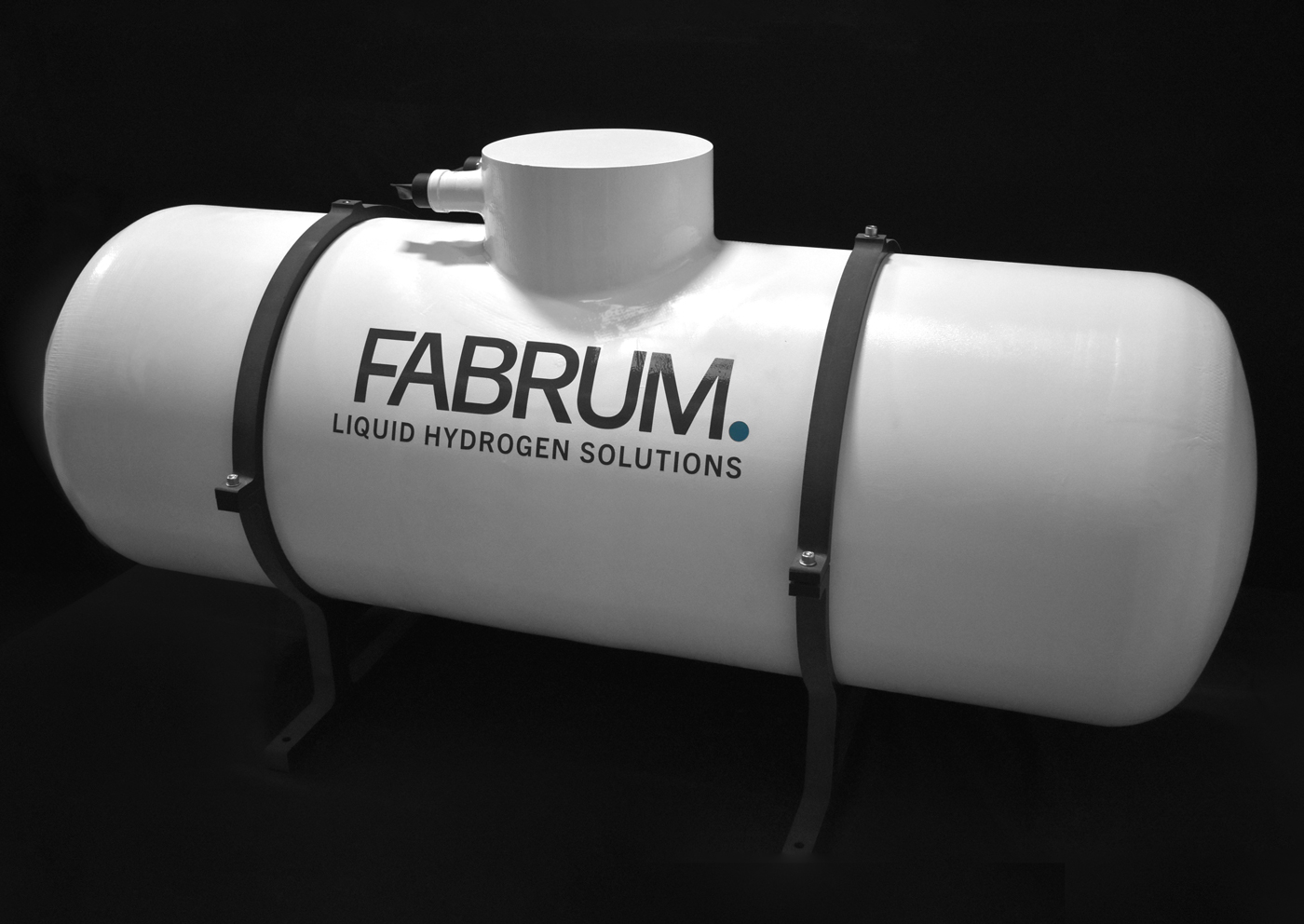 Stralis Aircraft, Fabrum and Ara Ake are collaborating to advance hydrogen-powered aviation by designing, developing and testing liquid-hydrogen storage tanks and a fuel system for Stralis aircraft. The partnership aims to enable Australasia’s first liquid-hydrogen-powered flight - and support the transition toward zero-emission aviation.
Stralis Aircraft, Fabrum and Ara Ake are collaborating to advance hydrogen-powered aviation by designing, developing and testing liquid-hydrogen storage tanks and a fuel system for Stralis aircraft. The partnership aims to enable Australasia’s first liquid-hydrogen-powered flight - and support the transition toward zero-emission aviation.
Read More
ISRO Successfully Conducts Flight Acceptance Hot Testing of CE20 Cryogenic Engine for LVM-M6 Mission
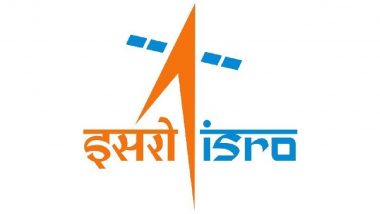 The Indian Space Research Organisation (ISRO) has successfully conducted the flight acceptance hot testing of the cryogenic engine for the LVM-M6 mission, the space agency said. The hot testing is part of the acceptance process for the flight of cryogenic engines for every mission. “On March 14, 2025, ISRO successfully conducted the flight acceptance hot testing of the cryogenic engine identified for the sixth operational mission of the LVM3 launch vehicle (LVM-M6) at ISRO Propulsion Complex (IPRC), Mahendragiri,” the space agency said.
The Indian Space Research Organisation (ISRO) has successfully conducted the flight acceptance hot testing of the cryogenic engine for the LVM-M6 mission, the space agency said. The hot testing is part of the acceptance process for the flight of cryogenic engines for every mission. “On March 14, 2025, ISRO successfully conducted the flight acceptance hot testing of the cryogenic engine identified for the sixth operational mission of the LVM3 launch vehicle (LVM-M6) at ISRO Propulsion Complex (IPRC), Mahendragiri,” the space agency said.
Read More
 Purdue University experts in the College of Science and Rosen Center for Advanced Computing have launched Molecular Intelligence, a software company whose solutions help researchers determine the 3D structures of biomolecules imaged with cryogenic-electron microscopy (cryo-EM). Daisuke Kihara, professor of biological sciences and computer science, leads the company. He also is on the faculty of the Purdue Institute for Cancer Research and Purdue Institute for Drug Discovery. Charles Christoffer, senior computational scientist in the Rosen Center for Advanced Computing, and Genki Terashi, assistant research scientist in the Department of Biological Sciences, are the other founders.
Purdue University experts in the College of Science and Rosen Center for Advanced Computing have launched Molecular Intelligence, a software company whose solutions help researchers determine the 3D structures of biomolecules imaged with cryogenic-electron microscopy (cryo-EM). Daisuke Kihara, professor of biological sciences and computer science, leads the company. He also is on the faculty of the Purdue Institute for Cancer Research and Purdue Institute for Drug Discovery. Charles Christoffer, senior computational scientist in the Rosen Center for Advanced Computing, and Genki Terashi, assistant research scientist in the Department of Biological Sciences, are the other founders.
Read More
Taylor-Wharton and GenH2 Partner to Deliver Zero-Loss Liquid Hydrogen Storage Systems
 Taylor-Wharton, a subsidiary of Air Water America Inc., a global leader in cryogenic equipment, has partnered with GenH2, a pioneer in liquid hydrogen technology, to introduce an innovative zero-loss hydrogen storage solution that will redefine the way liquid hydrogen is stored, transferred and dispensed.
Taylor-Wharton, a subsidiary of Air Water America Inc., a global leader in cryogenic equipment, has partnered with GenH2, a pioneer in liquid hydrogen technology, to introduce an innovative zero-loss hydrogen storage solution that will redefine the way liquid hydrogen is stored, transferred and dispensed.
Under this partnership, Taylor-Wharton will incorporate GenH2’s ground-breaking Controlled Storage technology into its industry-leading Liquid Hydrogen (LH2) bulk storage tanks. Unlike conventional systems that suffer from hydrogen losses due to boil-off during transfill, storage, and dispensing operations, this game-changing advancement prevents losses before they occur, paving the way for hydrogen as a truly viable alternative to fossil fuels.
This breakthrough arises at a critical juncture when the global demand for clean and sustainable energy solutions is more urgent than ever. Hydrogen as a fuel source is set for significant growth but has not been able to achieve widespread adoption due largely to the issue of hydrogen loss from boil-off. Until now, typical refueling operations have experienced substantial losses, often ranging from 20%-40%. GenH2’s Controlled Storage, born out of the NASA space program, utilizes cryogenic refrigeration and heat removal to eliminate those losses, raising the bar for hydrogen refueling.
Combined with Taylor Wharton’s state-of-the-art vacuum-insulated bulk storage solutions, the Controlled Storage system offers unmatched performance and is a “must-have” for fueling station operators.
“We are excited to introduce a solution that addresses one of the most pressing challenges in the hydrogen industry,” said Eric Rottier, Chairman & CEO of Taylor-Wharton. “Our joint solution will revolutionize liquid hydrogen storage and will provide our customers with the most cutting-edge equipment for hydrogen storage and fueling.”
“We are thrilled to partner with Taylor-Wharton, and we share their commitment to innovation and market leadership,” said Greg Gosnell, CEO of GenH2. “Hydrogen has immense potential, but you can’t lose 20%-40% of your product and expect to be cost competitive. We expect our refrigerated liquid hydrogen storage technology to become the new standard for renewable energy systems and advance clean energy on a global scale.” Learn more about GenH2 at www.genh2hydrogen.com and www.awi.co.jp/english/ and www.twcryo.com.
IIT Kanpur Researchers Unravel Key Drug Target Receptor for Cancer and Respiratory Disease Treatments

Read More
 Vacuum technology is essential to the modern world—especially for fields like cryogenics, semiconductor manufacturing, pharmaceuticals, and environmental engineering. Yet for all their significance, vacuum pumps are rarely seen outside of labs and industrial settings. Now, Leybold is taking a novel approach to spotlighting these critical machines—by turning them into LEGO® models.
Vacuum technology is essential to the modern world—especially for fields like cryogenics, semiconductor manufacturing, pharmaceuticals, and environmental engineering. Yet for all their significance, vacuum pumps are rarely seen outside of labs and industrial settings. Now, Leybold is taking a novel approach to spotlighting these critical machines—by turning them into LEGO® models.
Read More
 Bluefors, the world leading manufacturer of cryogenic measurement systems for quantum technology, announced the opening of a new lab facility in Chicago. The facility will be used to provide the Bluefors Lab service, bringing the service into the United States for the first time. Bluefors Lab provides startups, research groups, and other organizations easy and convenient access to a cryogenic measurement system with a service-based model.
Bluefors, the world leading manufacturer of cryogenic measurement systems for quantum technology, announced the opening of a new lab facility in Chicago. The facility will be used to provide the Bluefors Lab service, bringing the service into the United States for the first time. Bluefors Lab provides startups, research groups, and other organizations easy and convenient access to a cryogenic measurement system with a service-based model.
Read More
 Argonne National Laboratory (CSA CSM) recently hosted 12 women leaders from Net Zero World partner countries for a two-week training program under the Climate Smart Women Energy Leaders (CSWEL) initiative. In collaboration with the U.S. Department of Energy’s (DOE) Net Zero World Initiative, the program aimed to equip participants with technical skills, leadership training and networks to advance sustainable energy solutions globally.
Argonne National Laboratory (CSA CSM) recently hosted 12 women leaders from Net Zero World partner countries for a two-week training program under the Climate Smart Women Energy Leaders (CSWEL) initiative. In collaboration with the U.S. Department of Energy’s (DOE) Net Zero World Initiative, the program aimed to equip participants with technical skills, leadership training and networks to advance sustainable energy solutions globally.
Read More
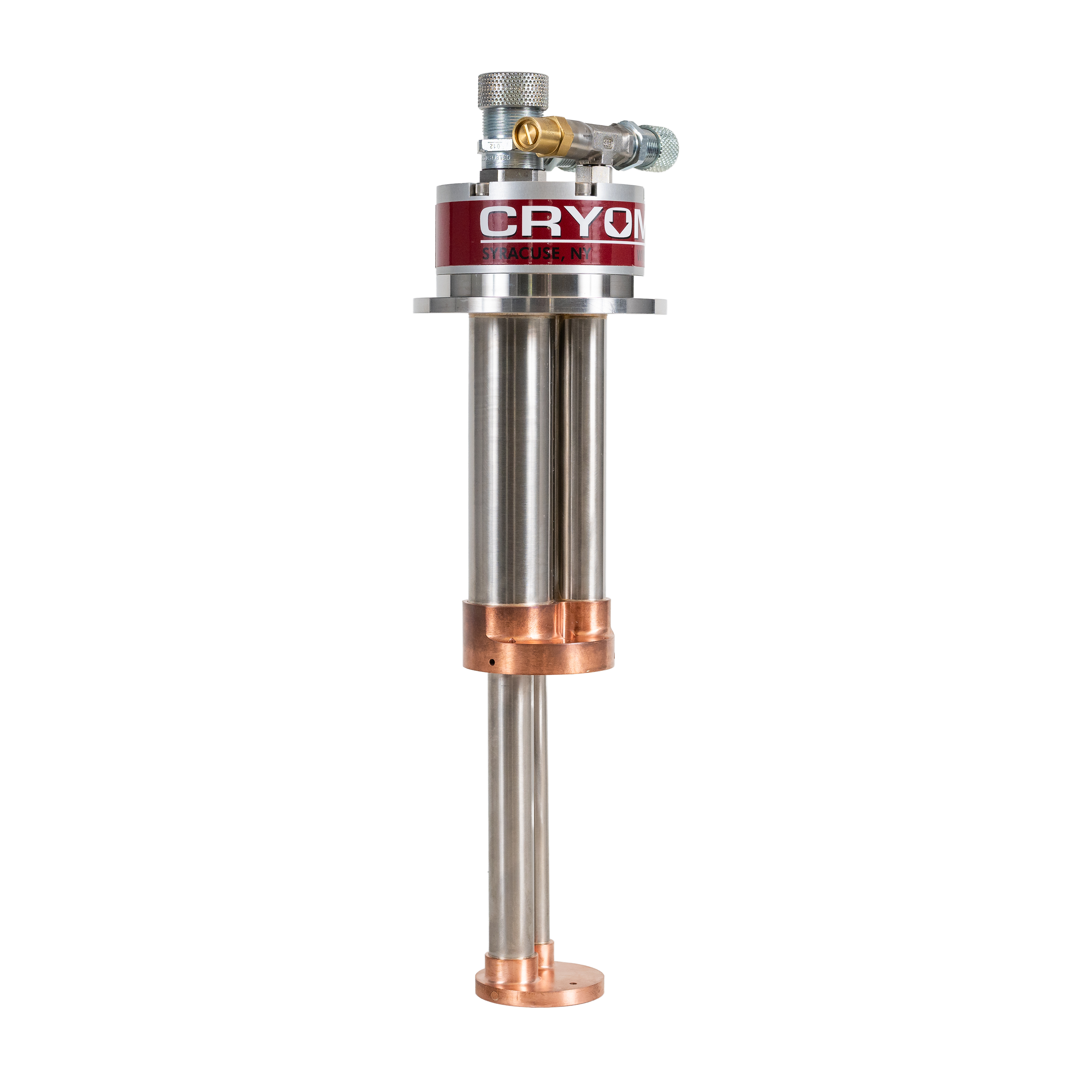 In today’s rapidly evolving technological landscape, the demand for efficient and compact cryocoolers is more critical than ever. A wide range of applications increasingly require high performance cooling systems that can seamlessly integrate into limited spaces. Smaller cryocoolers prove invaluable in these contexts, offering the precision and reliability necessary to support advanced scientific and industrial applications without compromising space or energy efficiency.
In today’s rapidly evolving technological landscape, the demand for efficient and compact cryocoolers is more critical than ever. A wide range of applications increasingly require high performance cooling systems that can seamlessly integrate into limited spaces. Smaller cryocoolers prove invaluable in these contexts, offering the precision and reliability necessary to support advanced scientific and industrial applications without compromising space or energy efficiency.
Read More
CO2Meter has long been recognized for its remote oxygen depletion safety alarm, which warns staff before they enter areas with dangerously low oxygen levels caused by pressurized gas leaks. Pressurizing a gas in a tank or cylinder provides a convenient way to transport and store it. Flower shops use helium cylinders to fill balloons. Restaurants rely on carbon dioxide tanks to carbonate soda. Outdoor grills use propane tanks to cook steaks. A common characteristic of these gases is that under pressure, they transition into a liquid state.
Read More
Vacuum Barrier Corporation Enhances Customer Support Through Field Service Evolution
 Vacuum Barrier Corporation (VBC) has long been recognized for its commitment to excellence in cryogenic systems and liquid nitrogen (LN2) solutions. Recently, the company has made significant strides in bolstering its customer support by establishing a dedicated department for reliability and technical support. Dana Muse, Reliability and Technical Support Manager, shared insights into this evolution and its impact on VBC’s service strategy, training programs and customer experience.
Vacuum Barrier Corporation (VBC) has long been recognized for its commitment to excellence in cryogenic systems and liquid nitrogen (LN2) solutions. Recently, the company has made significant strides in bolstering its customer support by establishing a dedicated department for reliability and technical support. Dana Muse, Reliability and Technical Support Manager, shared insights into this evolution and its impact on VBC’s service strategy, training programs and customer experience.
Read More
 More than 30 of the world’s most advanced particle accelerators rely on one technology: superconducting radio-frequency (SRF). This technology, typically powered by pure niobium metal, has seen recent advancements with the introduction of niobium-tin alloys, which promise greater efficiency. The US Department of Energy’s (DOE) Thomas Jefferson National Accelerator Facility (Jefferson Lab) is at the forefront of this new era, testing an accelerator based on niobium-tin alloy technology. The team has successfully tested the first niobium-tin alloy cryomodule, a prototype section of a particle accelerator, which can accelerate electrons to energies exceeding 10 million electron-volts. This cryomodule, named Gray Enid I, is now being prepared for its first electron beam tests.
More than 30 of the world’s most advanced particle accelerators rely on one technology: superconducting radio-frequency (SRF). This technology, typically powered by pure niobium metal, has seen recent advancements with the introduction of niobium-tin alloys, which promise greater efficiency. The US Department of Energy’s (DOE) Thomas Jefferson National Accelerator Facility (Jefferson Lab) is at the forefront of this new era, testing an accelerator based on niobium-tin alloy technology. The team has successfully tested the first niobium-tin alloy cryomodule, a prototype section of a particle accelerator, which can accelerate electrons to energies exceeding 10 million electron-volts. This cryomodule, named Gray Enid I, is now being prepared for its first electron beam tests.
Read More
 OEMs in virtually every market, from aerospace and automotive to refrigeration and fire protection, rely on rupture disk devices for pressure relief and pressure release of gases and liquids. The challenge of time faces all product designers; how do we get a custom solution in an acceptable timeframe? Now, at least one industry innovator has streamlined the prototype process to expedite the delivery of customized solutions that meet a wide range of unique application requirements. Taking its cue from racing car pit crews, the fast-tracked development process involves the coordination of specialized internal teams with unique skill set to ensure timely delivery of dependable prototypes that are prepared for evaluation, additional adjustments, or full-scale production.
OEMs in virtually every market, from aerospace and automotive to refrigeration and fire protection, rely on rupture disk devices for pressure relief and pressure release of gases and liquids. The challenge of time faces all product designers; how do we get a custom solution in an acceptable timeframe? Now, at least one industry innovator has streamlined the prototype process to expedite the delivery of customized solutions that meet a wide range of unique application requirements. Taking its cue from racing car pit crews, the fast-tracked development process involves the coordination of specialized internal teams with unique skill set to ensure timely delivery of dependable prototypes that are prepared for evaluation, additional adjustments, or full-scale production.
Read More
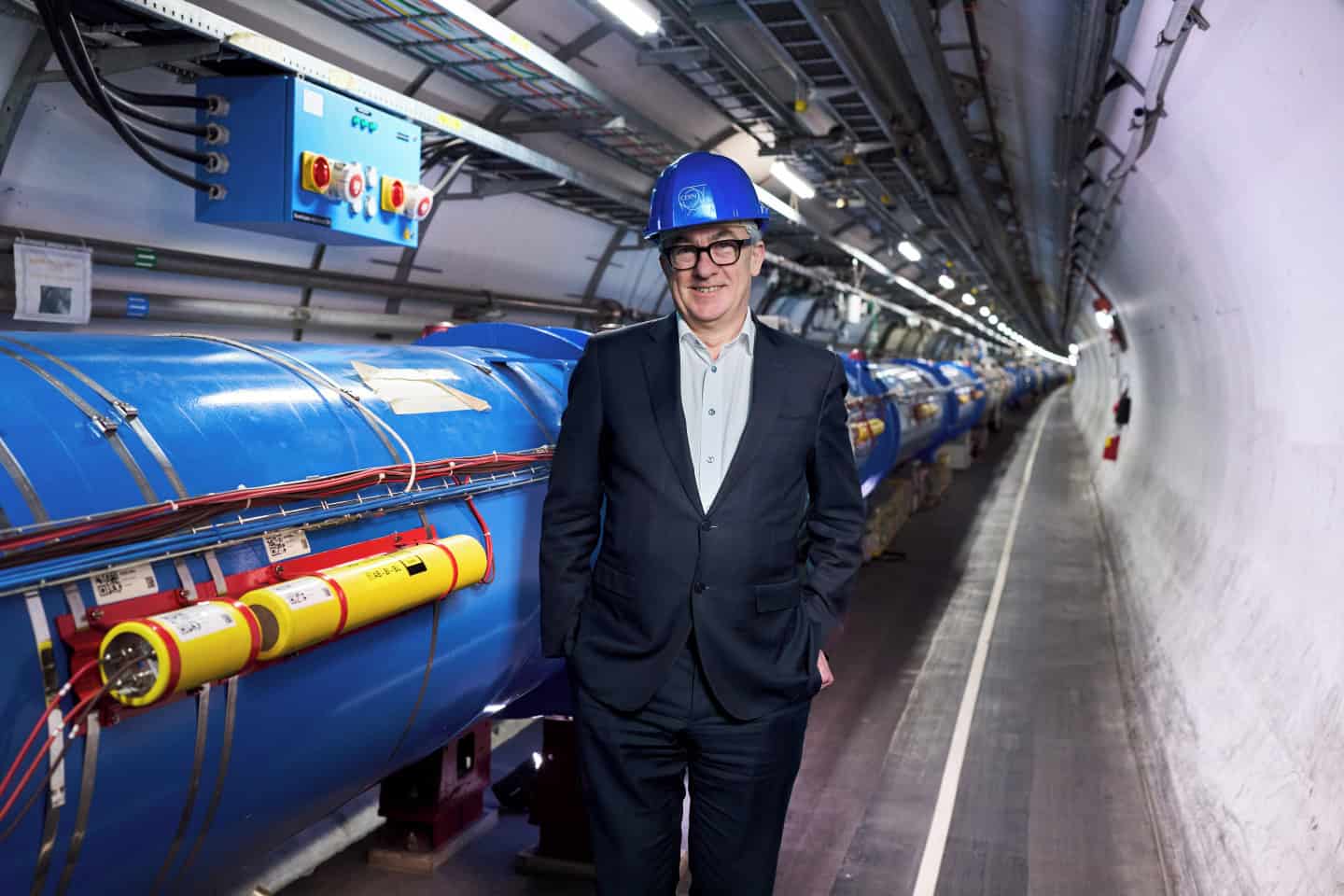 Mark Thomson, who will take over from Fabiola Gianotti as director-general of CERN next year, talks about his plans in the hot seat and the challenges ahead for high-energy physics. Interview originally published in Physics World.
Mark Thomson, who will take over from Fabiola Gianotti as director-general of CERN next year, talks about his plans in the hot seat and the challenges ahead for high-energy physics. Interview originally published in Physics World.
Read More
Historic Visit to CERN
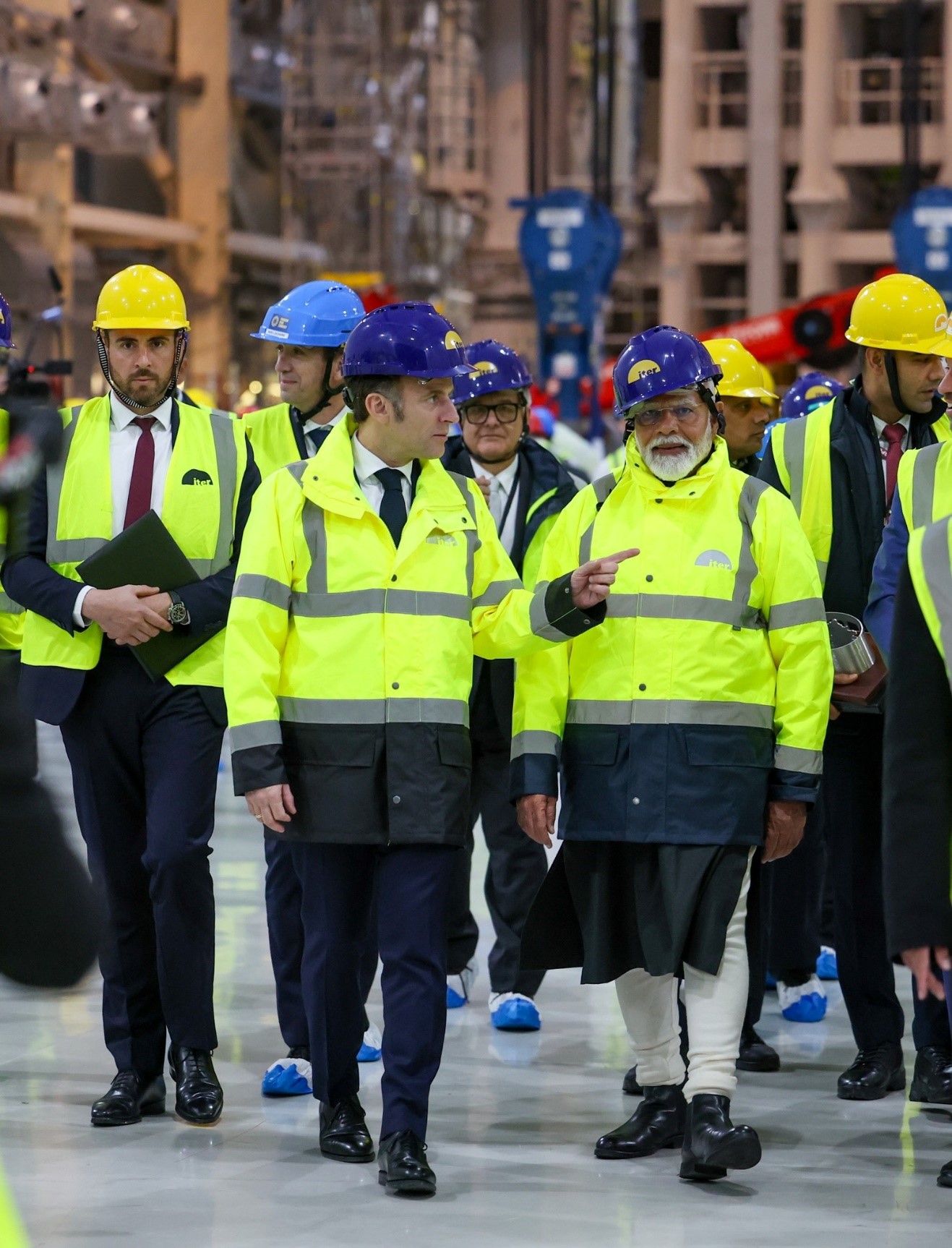 On February 12, 2025, Indian Prime Minister Narendra Modi and French President Emmanuel Macron visited the ITER site in Saint-Paul-lès-Durance, France. This marked a historic occasion, as it was the first time two heads of state toured the facility together. They were welcomed by ITER Director-General Pietro Barabaschi, who guided them through the main experimental building where the fusion reactor components are being meticulously assembled. Director-General Barabaschi highlighted the project's recent achievements, including successful repairs on major components and adherence to cost performance targets. Prime Minister Modi expressed his admiration for the team's efforts on social media, describing the project as "a commendable step toward sustainable and limitless clean energy for the future."
On February 12, 2025, Indian Prime Minister Narendra Modi and French President Emmanuel Macron visited the ITER site in Saint-Paul-lès-Durance, France. This marked a historic occasion, as it was the first time two heads of state toured the facility together. They were welcomed by ITER Director-General Pietro Barabaschi, who guided them through the main experimental building where the fusion reactor components are being meticulously assembled. Director-General Barabaschi highlighted the project's recent achievements, including successful repairs on major components and adherence to cost performance targets. Prime Minister Modi expressed his admiration for the team's efforts on social media, describing the project as "a commendable step toward sustainable and limitless clean energy for the future."
Read More
 Web Industries, a leading advanced materials converter and outsource manufacturer, will present its latest precision-formatting services and technologies at JEC World 2025, taking place March 4-6 in Paris. The company will be exhibiting in Hall 5, Booth G27, at the Paris-Nord Villepinte Exhibition Centre. Web Industries specializes in slitting, seaming, and other formatting solutions for various industries, including aerospace, energy, and urban mobility. Key applications include:
Web Industries, a leading advanced materials converter and outsource manufacturer, will present its latest precision-formatting services and technologies at JEC World 2025, taking place March 4-6 in Paris. The company will be exhibiting in Hall 5, Booth G27, at the Paris-Nord Villepinte Exhibition Centre. Web Industries specializes in slitting, seaming, and other formatting solutions for various industries, including aerospace, energy, and urban mobility. Key applications include:



